What Australia can expect as PM moves to relax restrictions on Friday
Yahoo News Australia's Life After Lockdown series investigates what life will be like after coronavirus restrictions.
We’re starting to get a clearer picture of what Australia could look like in the coming weeks as coronavirus restrictions begin to ease.
Prime Minister Scott Morrison will meet with National Cabinet today before delivering a number of measures and recommendations for the days ahead.
He wants children back at school, businesses to reopen and Australia’s workforce back on track.
Infectious diseases expert Professor Peter Collignon told Yahoo News Australia in a Facebook Live Q&A what he predicts Mr Morrison will tell the country and what we have to look forward to.
Prof Collignon, who is a microbiologist, said he expected we would see “some relaxation that keeps within the principles” of preventing the coronavirus from spreading.
He pointed to COVID-19’s spread via droplets from the mouth, which means rules that will stay in place include 1.5 metres of social distancing and making sure people wash their hands.
The case for funerals, weddings and being outside
Prof Collignon said the limit on funerals and weddings should increase, providing people still followed social distancing.
He added people should be able to go outside for activities.
“There’s not really a lot of good evidence that makes a lot difference – for instance, outside is safer than inside, so there’s no reason you can’t go fishing by yourself or go for a picnic with your own family,” he said.
He believes outside activities and restrictions on them “could be relaxed substantially”.
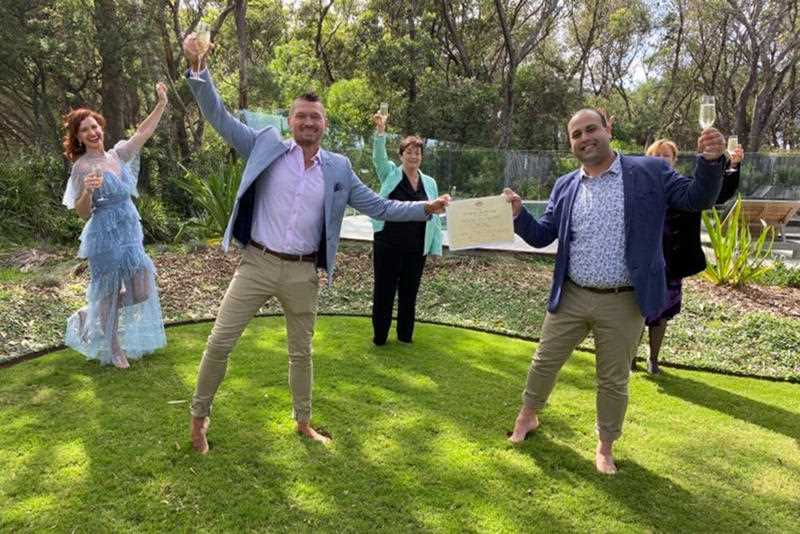
How will pubs and restaurants look as restrictions ease?
Our pubs and restaurants won’t look the same, according to Prof Collignon.
“We probably need a lot more outdoor dining,” he said.
“We probably need to look at limits of people at tables to two or four [and how to] keep them one-and-a-half metres away from other tables.”
Prof Collginon’s suggestions are similar to many made in a submission to National Cabinet by the Australian Hotels Association (AHA).
The submission recommends a 1.5-metre spacing rule for patrons, no communal cutlery and no communal free food, such as a bowl of peanuts or chips.
The microbiologist conceded we probably can’t mitigate the risk factor of transmitting COVID-19 to zero, but “we can keep it substantially lower” and that’s only achieved by taking action.
He said we’ll need to continue social distancing, and people and venues will both need to practise good hygiene.
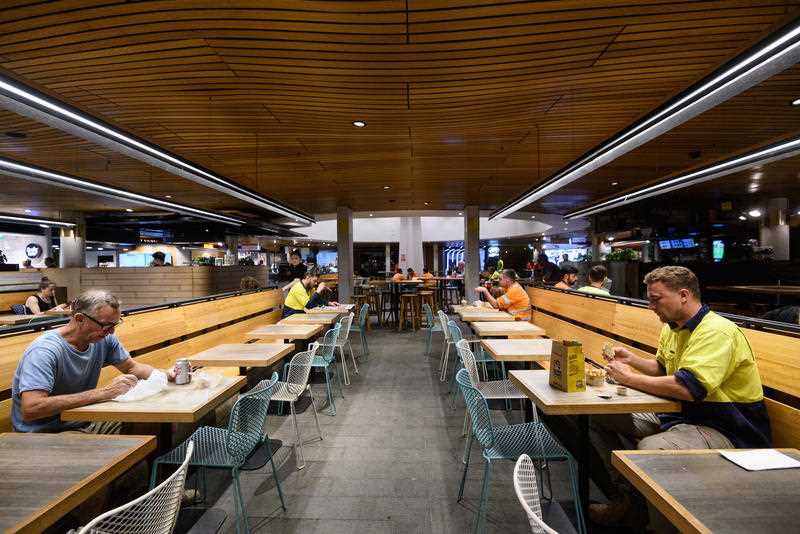
Is it too early to open Australia’s state borders?
Prof Collignon said opening state borders would be “another step later on”.
The Northern Territory, which will open bars and restaurants to the public on May 15, said its borders would be the last thing to open.
“All these things we have to do gradually because they take five or 10 days to see the effects,” he said.
“But once we have very low transmission in quite a number of states, and we want to reopen domestic tourism, then state borders will need to come down to some extent.
“But the basic rules are probably going to have to stay there, so we’re not going to have crowded buffets in hotels. We’re going to have less than full occupancy [and] planes aren’t going to be running at 100 per cent occupancy.”
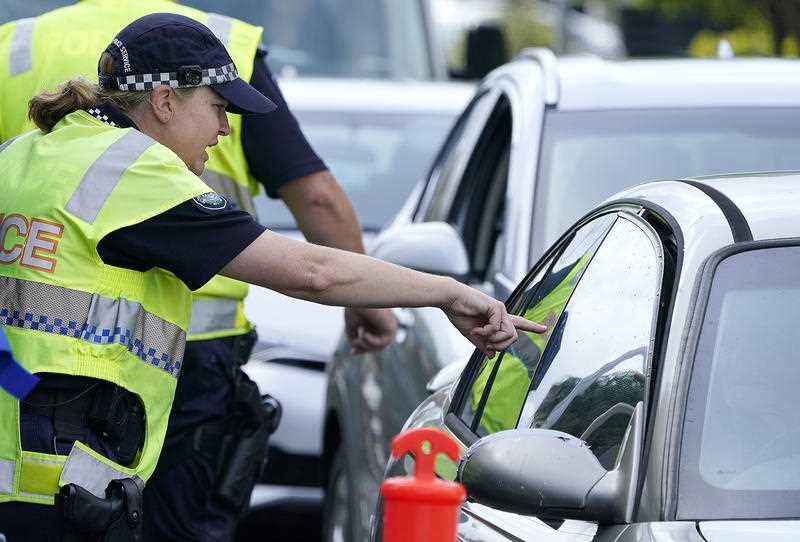
Prof Collignon said while there was “a lot to do” it was difficult to know “where to draw the line”, but it started with how we go reopening businesses and allowing people to go to events, such as weddings and funerals.
When state borders are reopened, Mr Morrison hinted we could see a “trans-Tasman bubble”, allowing people in from New Zealand and vice versa.
Should coronavirus restrictions be lifted?
Prof Collignon told Yahoo News Australia it was not too soon for restrictions to be eased.
“Well, I think it’s too soon to stop all restrictions,” he said.
“Having crowds of 10 or 20,000 people at football matches would be a big mistake, having crowded bars with everybody close together indoors for long periods of time – that would be a big mistake.”
Prof Collignon added the virus “isn’t gone”, but Australia “has been very successful” at keeping cases low.
It means we’re going to have to keep rules, such as social distancing, in place for a long time.
The microbiologist believes that means until at least September or October this year.
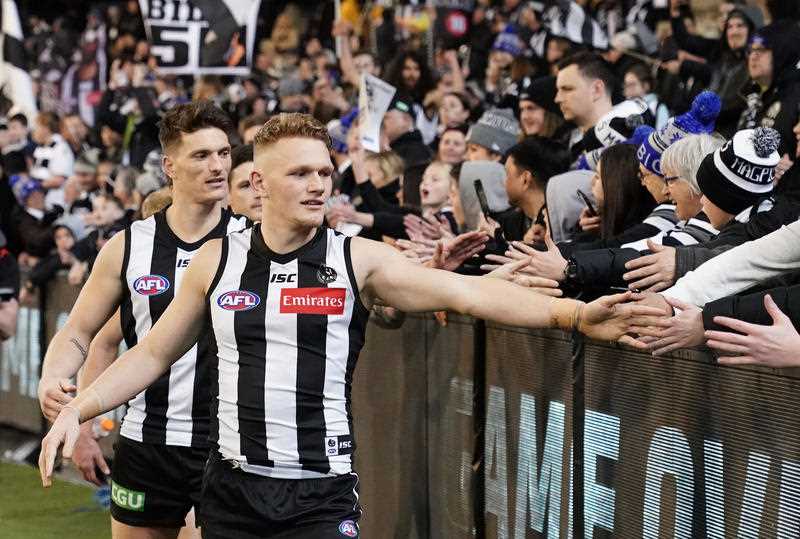
Removal of restrictions which ‘don’t make sense’
There are a number of rules in place which “don’t make a lot of sense”, Prof Collignon said.
“Like going for a drive with your own family. If you stay in your own car or even if you get out and you keep your own distance from everybody else, that’s not likely to give infections to anybody else,” he said.
Prof Collignon said people would need to continue not going to work if they feel sick though pointing out “a lot of clusters and outbreaks in Australia” are from people “going to work” and “soldiering on”.
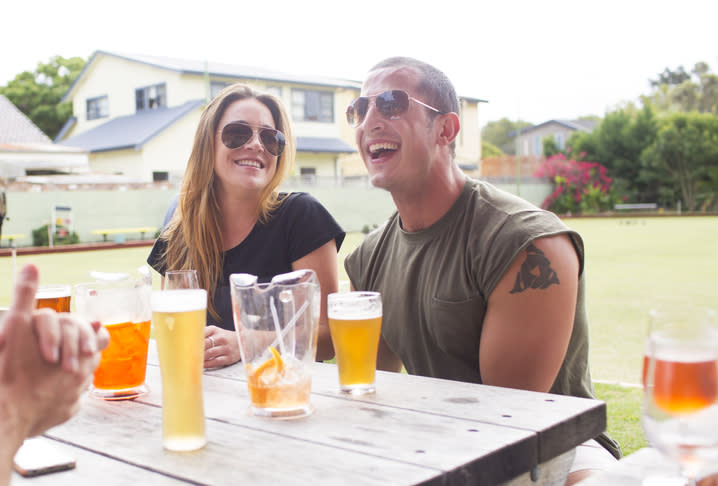
It’s believed one of NSW’s worst outbreaks at Newmarch House aged care facility was caused by a worker turning up to work ill.
Sixteen people have since died.
Prof Collignon said a lot of behaviour needed to change and “we can’t go back to what we were”.
“But there’s still a lot of things we can free up that won’t compromise our ability to stop this infection from spreading,” he said.
Do you have a story tip? Email: newsroomau@yahoonews.com.
You can also follow us on Facebook, Instagram and Twitter and download the Yahoo News app from the App Store or Google Play.




